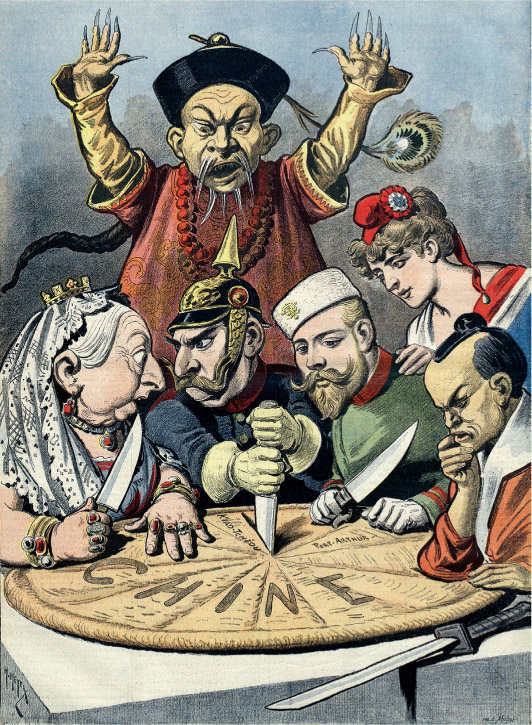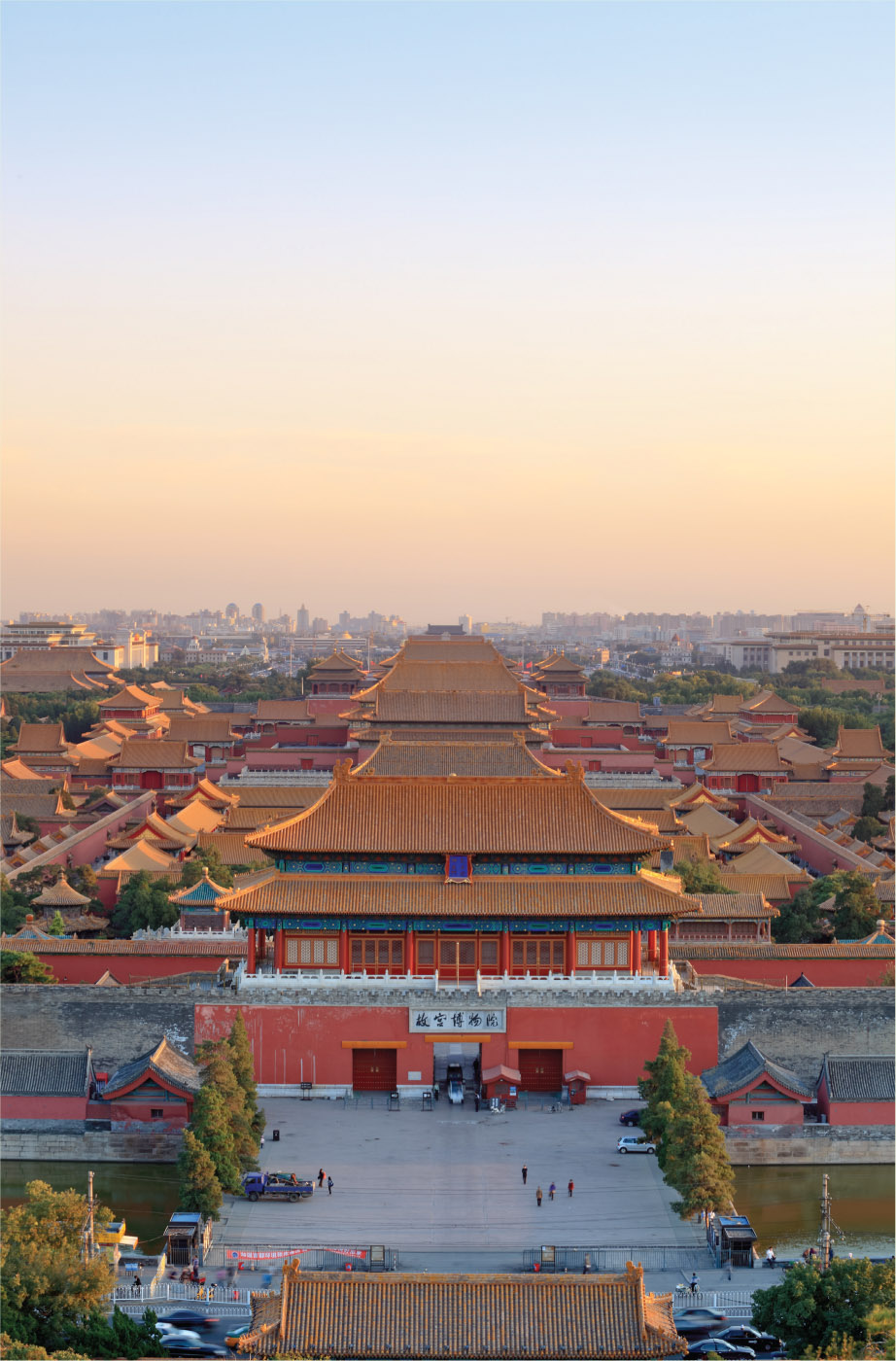Chapter summary
- Between 1750 and 1900, many countries in Asia become dominated by European nations. European traders, particularly the Dutch East India Company and the British East India Company, exploited the resources of these countries for profit.
- As these trading companies sought to protect their profits and trade routes, they became involved in struggles with local people. Gradually they took over more and more territory.
- Both India and the Dutch East Indies were the scene of competition between European traders, especially the Portuguese, the Dutch and the English. The Portuguese failed to maintain their position and were pushed out.
- The British East India Company became dominant in India until the great disturbances of the First War of Indian Independence in 1857. Then the British Crown took over the administration of British India, extending its power to other parts of the country.
- During the later part of the nineteenth century, nationalist Indians educated in Western ideas organised the Indian National Congress, which later worked for independence from British rule. But at the end of the century, the Indian economy was under British control.
- In the Dutch East Indies, the Dutch East India Company was dissolved in 1799 and the Dutch government took over and extended its power into more parts of the archipelago. The economy of the Dutch East Indies was organised largely to deliver great profits to the Dutch. Although the Indonesian peoples resisted Dutch power, generally they wanted to bring back old Indonesian ways. By the end of the nineteenth century, some were starting to look forward to adopting some of the new ideas coming from the Western countries and creating a new modern state and society.
- Parts of China were taken over by many different European powers. The Chinese emperor was still on the throne, but in reality had little power. China suffered many humiliations over the century, and was subject to unequal treaties and a number of defeats by more technologically advanced Western forces.
- Japan kept itself closed to Westerners until 1853, with Japanese leaders able to observe the difficult experiences of the Chinese. With the Meiji restoration, they decided to take on new technologies from the West and to modernise themselves and their forces. They were successful in avoiding being colonised like China, India and the Dutch East Indies. They modernised their economy for the benefit of Japanese people. By the end of the nineteenth century Japan was emerging as a power to be reckoned with in East Asia.
- The Japanese defeat of the Russians in 1905 was inspiring to colonised peoples across Asia and Africa.
Interactive activities
Key terms
Significant individuals
Timeline
Short-answer questions
- In what ways did modern education enable people in India, Indonesia and Japan to gain and keep their independence from Western domination?
- Describe how Western powers benefited from their domination of Asian countries and peoples.
- How did the Treaty of London in 1824 change the lives of people in Singapore, and in Bengkulu (Bencoolen) in Sumatra?
- Discuss why the British encouraged the growing of opium in Bengal and its export to China.
- Why did the daimyo have to live in Edo for long periods during the Tokugawa period?
Source analysis
Study Source 15.22 and answer the following questions:
- What are the nations in the foreground doing?
- What part does the Chinese figure have in the proceedings?
- Now China is becoming a very powerful world power. How do you think the present Chinese government looks back on this period of history? How much do these past events shape the world today?
Extended-response question

Why was Japan more successful than China, India and Indonesia in resisting Western powers in the nineteenth and early twentieth centuries?
